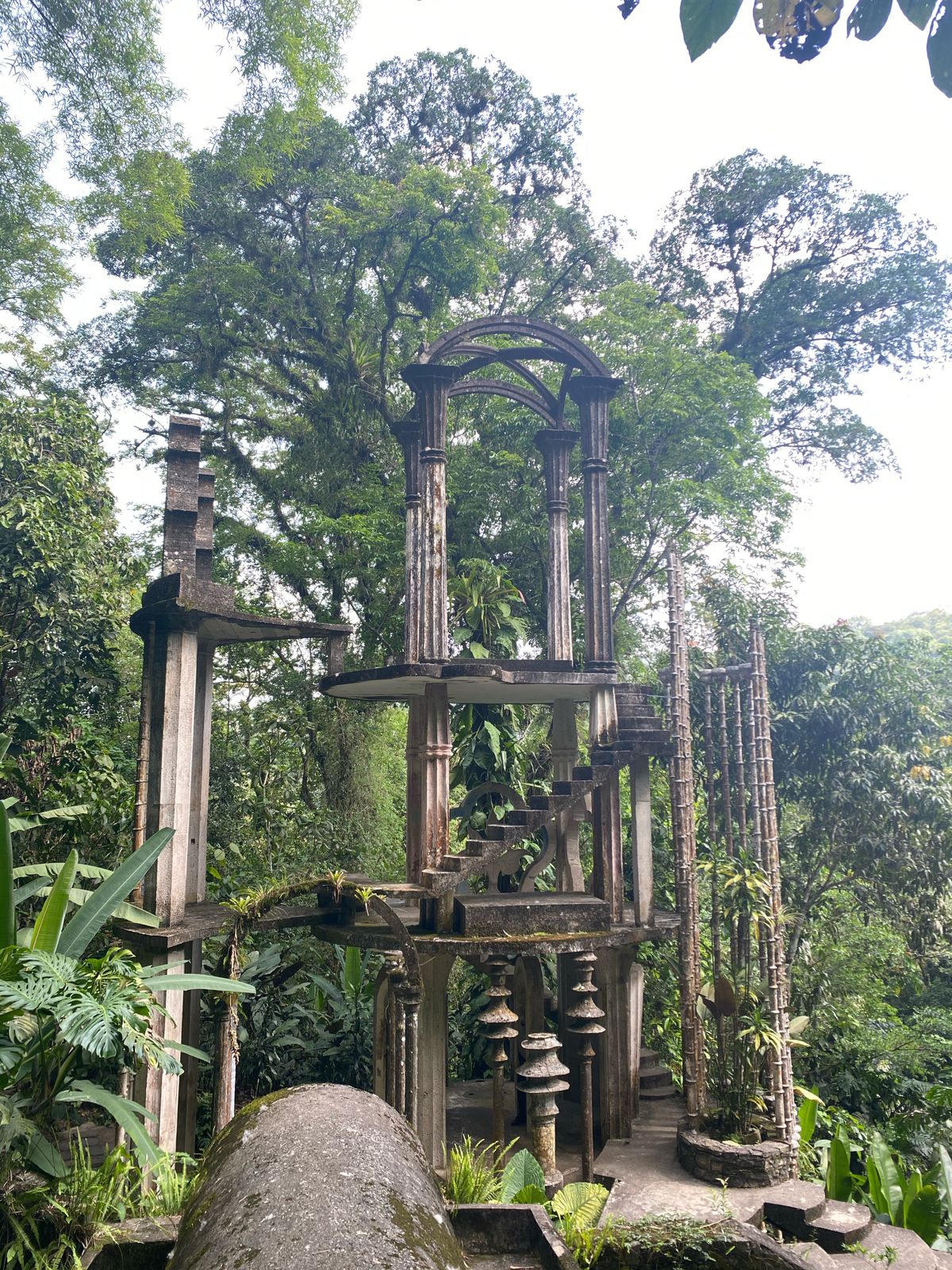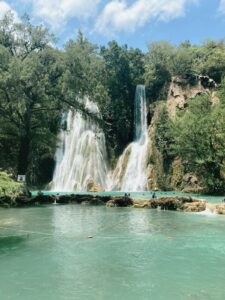Mexico’s history with cannabis is complicated due to the country’s relation with organized crime and cartels, which control trafficking in the region – made worse by its geographic position. But, in 2017, a president (Calderon) suggested that extremist laws would not be the
answer, adopting a more progressive approach. Thus, medicinal cannabis was legalized.
But the biggest change came in 2021, when recreational consumption was effectively decriminalized for personal use and it was decided that possession of up to 28g and cultivation of up to 8 plants at home would be allowed.
This type of ambiguous law, where consumption is allowed but commercialization is still prohibited, can cause some “holes” in the law that end up being responsible for the creation of weed clubs or dispensaries, something similar to what happens today in Spain.
Some say it’s also what succeeds In Mexico and because of that every now and then youhear about these places where the consumption and sale of marijuana would be allowed,although I didn’t visit any of them, as I was in the country at the same time the measures were authorized, however had not yet been implemented.
In any case, the use of cannabis is common in the country and in the capital there are even websites that carry out deliveries. Just be aware of one aggravating factor: in Mexico, when they tell you they will arrive with your beloved weed in 20 minutes, be prepared to wait at least 2 hours.
CBD | Hemp:
Use of cannabis by the Maya and Aztecs: Also in 2017, CBD was legalized for medicinal purposes as long as it only contains up to 1% THC in its composition. This way, it can be increased in medicines, in typical products such as cosmetics, in food, in the form of oil… everything! If the THC concentration is greater than 1%, it is still possible to obtain authorization to use the substance.
However, hemp remains prohibited for industrial use, highlighting the duality between laws that allow or prohibit the use of cannabis in different ways and forms.
It is not news that some ancient civilizations used cannabis in different ways. Evidence was found of the plant’s use in fabrics, medicinally and also in spiritual rituals, as we have already explained here at Girlsseeds about countries like Egypt and India.
In Mexico there is also evidence, although there is no concrete proof, that the Maya and Aztecs also used the plant, in a ritualistic way (along with other natural hallucinogens) or medicinally. Some ruins were found that had previously been mistaken for pyramids and are most likely to have been huge marijuana plantations. With this, it is assumed that they consumed it in
the same way they consumed tobacco, that is, grinding the flower into a powder to make a powerful alcoholic drink.
In Mesoamerican cultures, the use of these hallucinogens was common to promote mysticism and communication with the gods of their belief. These civilizations believed that their gods looked favorably on these mind-altering substances thanks to their ability to bridge human thoughts and divine beings. Those who do not believe in this theory tend to insist on the idea that marijuana was
brought to the country by the Spanish in 1800, when they were invaded, as expeditions used hemp in the construction of their ropes and other materials.
Where to go in Mexico:
Traveling through Mexico as a stoner is amazing, as we don’t encounter many difficulties when acquiring the plant. Whether at parties, on the beach… it is always within our reach.I spent 7 months in the country and I’m going to tell you about my favorite places besides
the most common and always mentioned ones – Tulum, Cancun (which, by the way, is terrible).
HOLBOX:
Holbox is a paradisiacal island located in the north of the state of Quintana Roo. It is not very big and is the typical fun, lively island, with bars, young people and where time passes differently, perhaps because there are no cars . There, shoes are mere formalities,
the sea is crystal clear and plants are easy to find – especially around The Hot Corner, the liveliest bar at night, where they play salsa. If you prefer an electronic one, I recommend the Salma.
PUERTO ESCONDIDO:
Puerto Escondido is on the other side of the country, in the state of Oaxaca and is one of the best places in Mexico without a doubt, known as Tulum 10 years ago. Lots of parties,young people, paradisiacal beaches with huge waves and wonderful sunsets are part of everyday life in this small coastal town. I used to buy marijuana from a bar inside a hostel, but it’s very easy to find.
ZIPOLITE | MAZUNTE:
When taking a colectivo – the type of van that transports people in the area – from Puerto, you can arrive in these two wonderful beach villages in a few hours. I loved them both, but I preferred Zipolite and spent almost 1 month at the beach – which is nudist. At night there is a craft market on the street and there are lots of sand parties and cool people to meet
there, where it is also very easy to find the plant.
SAN JOSE DEL PACIFICO:
Also in Oaxaca, a few hours north of Mazunte, is this magical mountain village, where mushroom medicine is widely known and used. It is also the place where hashish is easiest to find and at a good price, as well as other medicines if that suits your taste. I
highly recommend it for any stoner to visit this place, as it is really special – despite being much calmer and more peaceful than all the other villages in festive Oaxaca.
HUASTECA POTOSINA:
If what you are looking for is nature, this is the perfect place. With more than waterfalls, many of them with crystal clear water, Huasteca impresses with its beauty and,interestingly, there are few international tourists – the majority of whom are Mexicans.
Another attraction found in the region is the Surrealist Garden by Edward James, who was an eccentric artist from the 1920s, when the surrealist movement was on the rise. The garden is incredible, with staircases that lead nowhere and definitely psychedelic. The
Huasteca (name given to a vast region between the states of Veracruz, ) is also the gateway to Real de 14, the beginning of the Mexican desert, where you can find another ancestral medicine known as Peyote, a type of cactus used by the indigenous
people of the region for self-knowledge and connection with the divine. I tried this medicine and it was a very beautiful experience.






